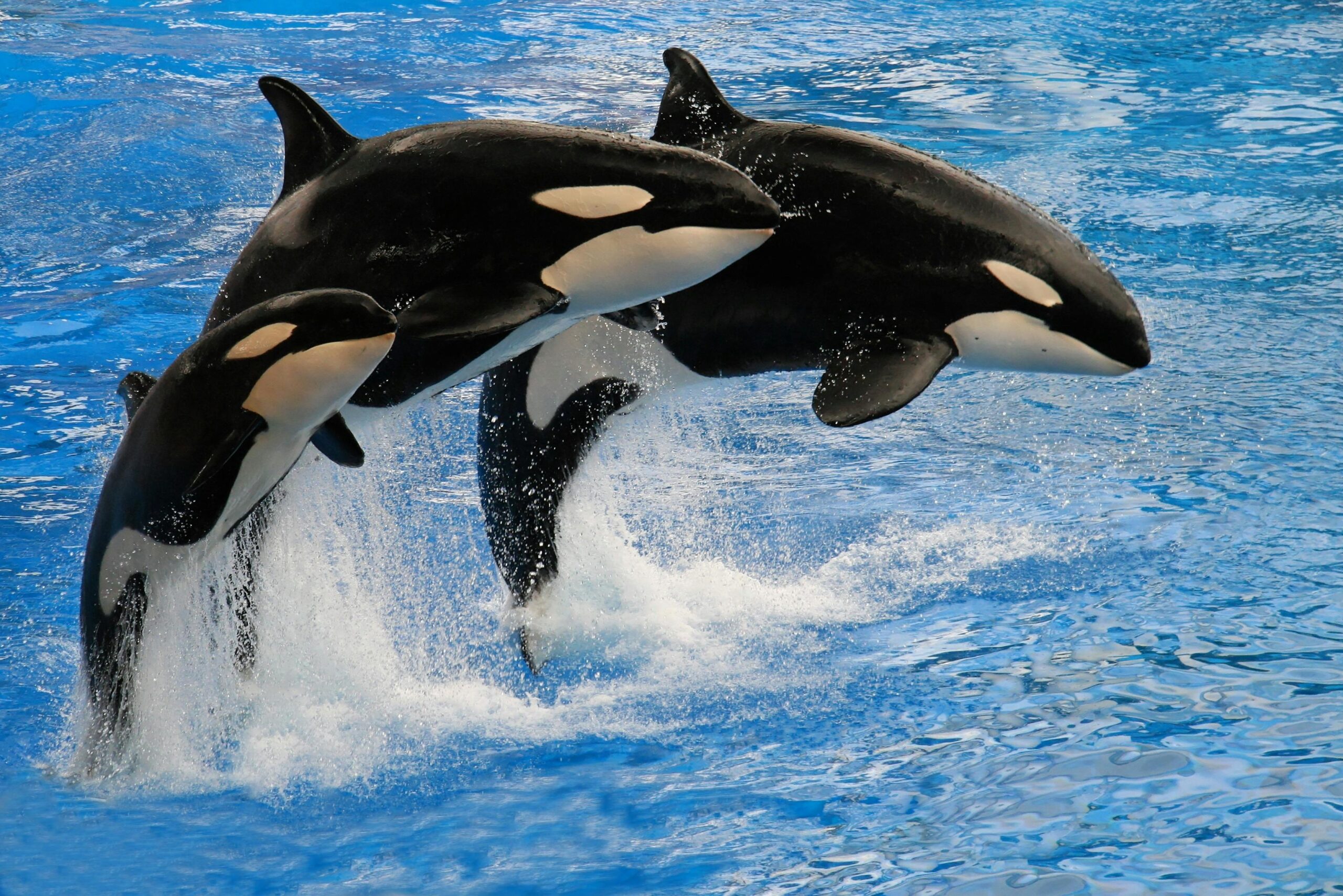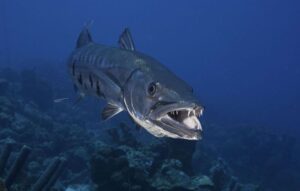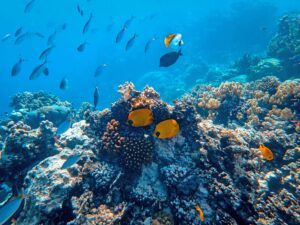Orca….the beautiful and killer whales!!!

Orca, also known as a killer whale, is a large marine mammal that belongs to the dolphin family. Despite its name, the orca is not a whale but the largest member of the dolphin family. Orcas are highly intelligent and social animals that can be found in oceans all around the world.
Orcas have a distinctive black and white coloration, with a white underside and a black upper body. They have a sleek, streamlined shape and a tall dorsal fin on their back, which can reach up to 6 feet in height in males. These apex predators have a diverse diet and are known to feed on fish, squid, and marine mammals such as seals, sea lions, and even other whales. Different populations of orcas have specialized diets based on their geographic location and available prey.
Orcas live in highly organized groups called pods, which can consist of a few individuals to over 50 members. These pods are usually led by a mature female, known as the matriarch. Orcas have complex social structures and exhibit advanced communication skills, using a variety of vocalizations, including clicks, whistles, and calls.
They are found in a wide range of habitats, from the cold waters of the Arctic and Antarctica to tropical seas. Orcas are highly adaptable and can thrive in different environments.
Mating and reproduction in Orca

Reproduction in orca whales is a natural process that occurs without the presence of symptoms. Orcas, like other mammals, have reproductive systems that function without any noticeable signs of illness or discomfort. The reproductive process in orcas involves various stages and behaviors, but these occur without any visible symptoms or indications of reproductive activity.
Female orcas reach sexual maturity between the ages of 10 and 15, while males typically mature between 15 and 21 years old. Once sexually mature, both males and females can engage in mating behaviors throughout the year.
These behaviors can include vocalizations, body contact, and acrobatic displays, which are part of the courtship process.
When a female orca becomes pregnant, there are no external symptoms that indicate her condition. The gestation period for orcas is approximately 15 to 18 months, during which the fetus develops internally. The pregnancy is not externally visible, and the female continues to swim, hunt, and interact with her pod as usual.
When it’s time to give birth, female orcas typically do so in the water. The birthing process is not accompanied by any observable symptoms or indications of distress. Other members of the pod often surround and support the mother during the birth, providing a protective environment for both her and the newborn calf.
Average lifespan of Orcas
The average lifespan of orcas, can vary depending on several factors such as their environment, diet, and overall health. In the wild, female orcas have been known to live between 50 to 80 years, while males typically have a shorter lifespan, ranging from 30 to 50 years.
It’s important to note that there have been exceptional cases of orcas living much longer. The oldest known orca in the wild, named Granny or J2, was estimated to be over 100 years old at the time of her death in 2016. However, such cases are rare, and the average lifespan mentioned earlier is a more common range for these magnificent marine mammals.
Is the Orca whale endagered ?
The status of the orca whale, also known as the killer whale, varies depending on the specific population or ecotype. Some populations of orcas are considered endangered or threatened, while others are more stable.

For example, the Southern Resident population of orcas that inhabit the waters of the Pacific Northwest, particularly around the United States and Canada, is listed as endangered. This population faces multiple threats, including a decline in their main food source (Chinook salmon), pollution, noise pollution from vessel traffic, and disturbance from whale-watching activities.
In contrast, some other orcas, such as the transient or Bigg’s killer whales, are not currently considered endangered. These populations have different ecological niches, diets, and distribution patterns, and their numbers are relatively stable.







